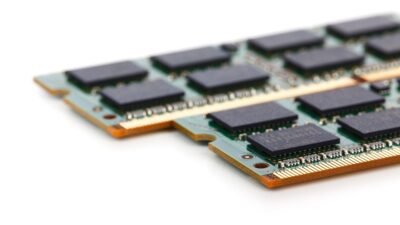In today’s rapidly evolving technological landscape, the concept of a digital twin has emerged as a transformative force across various sectors. A digital twin is essentially a virtual representation of a physical object, system, or process, created using real-time data and simulation modeling. This innovative technology is paving the way for enhanced efficiency, predictive maintenance, and new design possibilities, revolutionizing industries ranging from manufacturing to healthcare.
What is a Digital Twin?
At its core, a digital twin serves as a dynamic digital replica of a physical entity. This can encompass anything from a single machine to entire factories, cities, or even human bodies. The digital twin is continuously updated with real-time data collected from sensors and IoT (Internet of Things) devices, allowing for real-time monitoring, analysis, and optimization.
Key Components of Digital Twins:
- Physical Asset: The real-world object or process being replicated.
- Virtual Model: The digital representation, often built using advanced simulation and modeling techniques.
- Real-Time Data: Information collected from sensors attached to the physical asset, which drives the virtual model’s accuracy and responsiveness.
Applications Across Various Industries
1. Manufacturing
In manufacturing, digital twins are reshaping how operations are managed. They allow manufacturers to monitor equipment conditions, predict failures before they occur, and optimize production processes. By simulating different scenarios, businesses can identify the most efficient methods, reducing downtime and waste. Companies like General Electric and Siemens have successfully implemented digital twin technology to streamline operations and enhance product quality.
2. Healthcare
Digital twins in healthcare are facilitating personalized medicine and improved patient outcomes. Medical professionals can create digital models of patients’ organs or entire systems, allowing for better diagnosis, treatment planning, and even surgical simulations. For example, some hospitals use digital twins to model the effects of drug interactions on specific patients, ensuring tailored therapeutic strategies.
3. Smart Cities
As urbanization continues, the need for efficient city management becomes paramount. Digital twins of entire cities enable urban planners and stakeholders to analyze traffic patterns, energy consumption, and infrastructure needs. This data-driven approach helps in planning for sustainable growth, improving public services, and enhancing residents’ quality of life. Cities like Singapore have begun to implement digital twin technology to create a more efficient urban environment.
4. Automotive
The automotive industry is leveraging digital twins extensively. Car manufacturers use digital twins to simulate vehicle performance under various conditions, improving design and safety features before physical prototypes are built. Additionally, this technology aids in predictive maintenance, allowing companies to analyze data from connected vehicles and address potential issues proactively.
5. Energy Sector
In the energy sector, digital twins are critical in optimizing production and distribution. By creating digital replicas of power plants and grids, energy companies can simulate and forecast energy generation, demand load, and equipment failures. This insight leads to improved resource management, minimizing downtime and enhancing the reliability of energy supply.
Challenges of Implementing Digital Twins
Despite their potential, the integration of digital twins into existing processes is not without challenges. Key obstacles include:
- Data Security: Protecting sensitive data is paramount, especially when dealing with critical infrastructure.
- Interoperability: Ensuring that different systems and technologies can work together seamlessly is crucial for effective digital twin implementation.
- High Initial Investment: The costs associated with developing digital twins can be significant, particularly for small and medium-sized enterprises.
The Future of Digital Twins
As technology continues to advance, the future of digital twins looks promising. Emerging technologies such as artificial intelligence, machine learning, and advanced analytics will further enhance their capabilities. Moreover, as more industries adopt IoT devices, the availability of data will increase, allowing digital twins to become even more sophisticated and beneficial.
In conclusion, digital twins are at the forefront of industry innovation, offering unprecedented insights and efficiencies. By bridging the gap between the physical and digital worlds, they are not only changing how businesses operate but also driving the next wave of technological advancements across multiple sectors. As organizations continue to explore and invest in this technology, the impact of digital twins will only grow, leading to improved performance and better outcomes for society as a whole.



